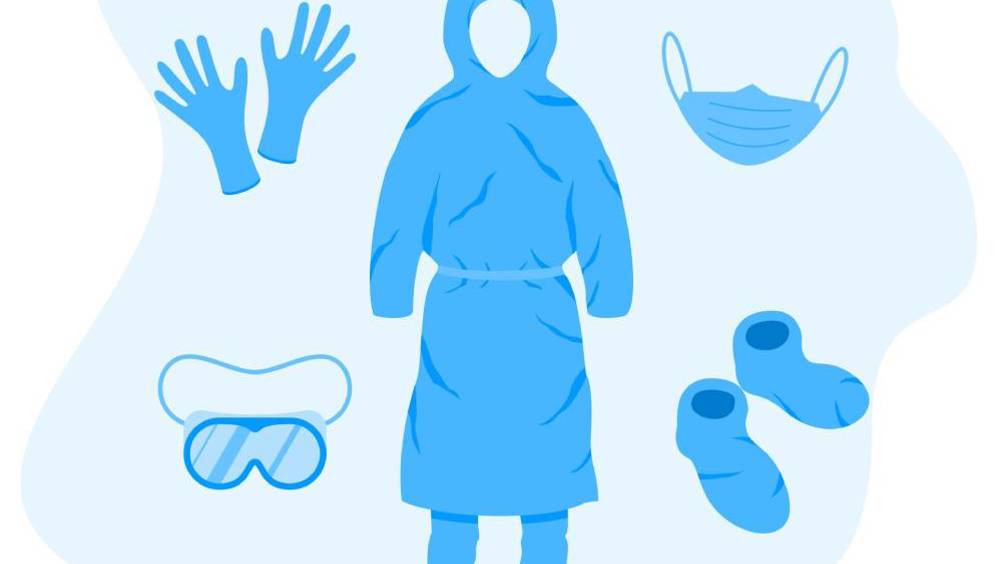References
Personal protective equipment training team: a community nursing initiative

Abstract
COVID-19 provided significant challenges for community services and care homes. Residential and nursing care patients are considered highly vulnerable to the coronavirus due to their physical needs and environmental factors. Significant concern was raised with personal protective equipment (PPE) availability and appropriate training and support in local care homes. Members of the district nursing team and community services formed a team to deliver face to face training and support to care home workers to improve PPE adherence and reduce risks of transmission. Visits were offered to all 46 care homes in the locality and over 55 visits for teaching were performed in the first month. Challenges were faced with managing and prioritising frontline clinical duties. Feedback was overwhelmingly positive and care staff benefited from face-to-face delivery of education to support best practice.
The COVID-19 pandemic has posed significant challenges for care homes across the nation. Care homes can be residential, nursing or dual registered. With a combination of often confusing advice and insufficient recognition of the needs of care providers, care home workers and residents have experienced many of the devastating effects caused by the coronavirus. At the time when the project described in this article was started, in April 2020, 28.3% of all COVID-19 deaths in the UK were among care home residents (Office for National Statistics (ONS), 2020a). This was largely due to the complications of the virus affecting those who are older, who often have multiple comorbidities. Other factors included the typical nature of care home environments, with many residents walking about freely and meeting in social areas. Barnett and Grabowski (2020) highlighted increased COVID-19 risks to people requiring a substantial amount of direct care, for example, those in nursing homes, due to their increased clinical need. This makes care homes a high-risk site for transmission, as seen with other viruses, such as influenza and norovirus (Green et al, 2020). Evidence from Tulloch et al (2020) showed additional risk factors for care homes, including the use of agency staff, who may not be as well versed in the infection control protocols of the care home. Further research also found that care home staff moving between care homes, which may be required due to varying demand across sites, posed a potential increased risk (Bonanad et al, 2020). However, in February 2020, Public Health England (PHE) (2020a) stated in their now withdrawn guidance that: ‘there is no need to do anything differently in any care setting at present’. This was contradictory to a statement made in the same month by the Government's Scientific Advisory Group for Emergencies (SAGE) (2020), that it was possible that there was already sustained transmission in the UK and that it would soon become established.
Register now to continue reading
Thank you for visiting Community Nursing and reading some of our peer-reviewed resources for district and community nurses. To read more, please register today. You’ll enjoy the following great benefits:
What's included
-
Limited access to clinical or professional articles
-
New content and clinical newsletter updates each month

